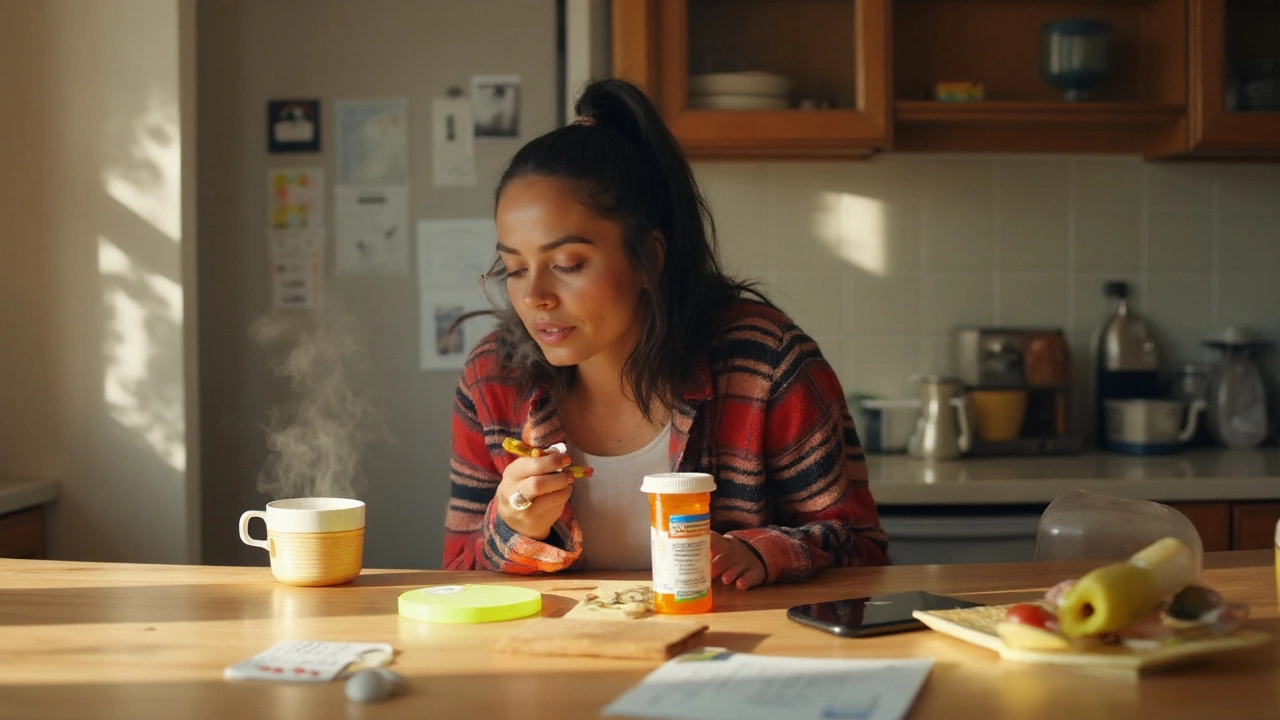Prescription Label: What It Means and How to Use It Correctly
When you pick up a prescription, the tiny sticker on the bottle is more than just paper – it’s your quick‑reference guide for safe use. A prescription label tells you the drug name, dosage, when to take it, and any special storage rules. Miss one of those details and you could waste medicine or even risk your health.
Reading the label step by step
First, spot the drug name. It’s usually in bold and matches the name on the doctor’s note. Next, check the strength – 10 mg, 20 mg, etc. This tells you how much of the active ingredient you’re actually getting. Then look at the directions: how many pills, how often, and if you need to take it with food or water. Finally, scan the warnings: allergy alerts, age restrictions, or interactions with other meds.
Most labels also have a “store at room temperature” or “refrigerate” note. Those instructions are critical because temperature can change a drug’s effectiveness. For example, insulin loses potency if left warm, while some antibiotics stay stable only in the fridge.
Keeping your meds safe at home
Once you’re back home, put the bottle where you’ll see it – a nightstand for sleep meds, a kitchen cabinet for daily vitamins, etc. If the label says to keep it away from light, a dark drawer works better than a sunny counter. And always close the cap tightly; exposure to air can degrade the medication.
Make a habit of checking the expiration date at least once a month. Using expired drugs may not only be less effective, it can sometimes cause side effects. When a drug is past its date, dispose of it safely – many pharmacies offer drop‑off boxes for that exact purpose.
One common mistake is mixing up bottles with similar colors or shapes. To avoid this, label each bottle with a short note like “morning” or “evening” in your own handwriting. It’s a small step that saves a lot of confusion.
If you ever feel unsure about a label’s instruction, call your pharmacist. Building a trustful relationship with them means you’ll get quick answers, and they can alert you to any new safety alerts for your meds.
Remember, the label also includes the pharmacy’s contact info. Keep it handy for refill reminders or if you notice a change in the medication’s appearance. A quick call can catch a mistake before it becomes a problem.
Beyond the basics, the label can hint at deeper topics like the placebo effect – knowing you’re taking a real drug can boost its impact. Conversely, a confusing label might trigger a nocebo response, where you expect side effects and actually feel them. Clear, simple labels help keep your mind focused on healing, not worry.
In short, treat the prescription label as your personal health cheat‑sheet. Read it, follow storage tips, and don’t hesitate to ask questions. By mastering the label, you protect yourself, keep medicines effective, and stay one step ahead of any hiccups on your wellness journey.
